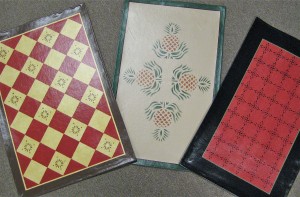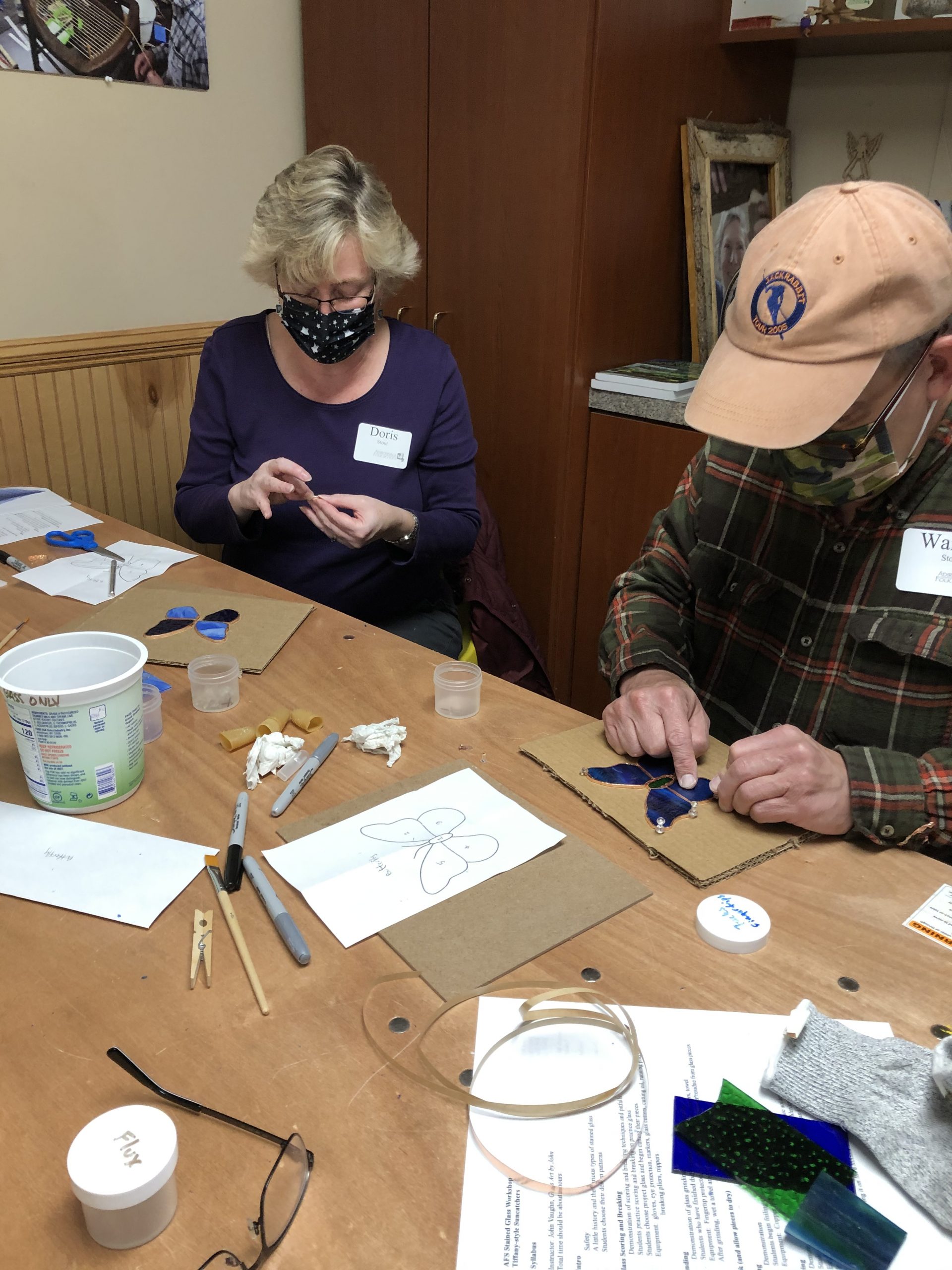Stenciled Floorcloth
Create your own floorcloth in either a traditional pattern or Arts & Crafts style using environmentally-safe water-based paints and finishes. The use of painted canvas floor coverings, also known as oil cloths, dates as far back as the 14th century in Europe. People coming to this country were looking for ways to reproduce some of the furnishings they were used to back home. Since resources were limited, worn sails from ships provided them with a base to paint and cover their floors. Over time floorcloths proved themselves to be one of the most durable forms of floor covering used. Centuries old pieces still remain intact with the pattern clearly visible. Come create your own artful and durable floorcloth that will last for generations.








